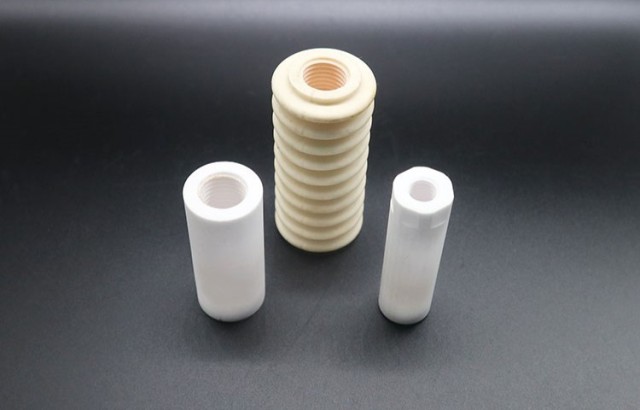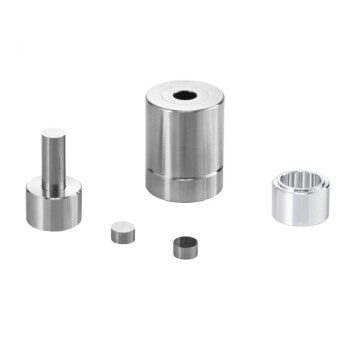Mold Material Selection
Importance of High Strength and Wear Resistance
The selection of mold materials, such as cemented carbide, ceramics, and rubber, is pivotal in the context of ceramic isostatic pressing. These materials are chosen not only for their inherent high hardness but also for their ability to endure the extreme pressures encountered during the isostatic pressing process. This high-pressure environment demands materials that can withstand significant mechanical stress without deforming or wearing out.
Cemented carbide, for instance, offers an excellent combination of hardness and toughness, making it ideal for molds subjected to high pressures. Ceramics, with their exceptional hardness and resistance to wear, are also a preferred choice. Rubber, while softer than the other two, provides flexibility and shock absorption, which can be beneficial in certain mold designs.
The need for high strength and wear resistance is further emphasized by the critical role molds play in maintaining the dimensional accuracy and structural integrity of the final ceramic product. Any compromise in the mold's material quality can lead to inconsistencies in the product's size, shape, and density, thereby affecting its overall quality and performance.
In summary, the selection of mold materials is a critical decision that directly impacts the success of the isostatic pressing process. The materials must be capable of withstanding high pressures and resisting wear to ensure the production of high-quality ceramic products.
Mold Structural Design
Feed, Discharge, and Exhaust Ports
The mold design for ceramic isostatic pressing must meticulously incorporate feed, discharge, and exhaust ports to guarantee the seamless flow of powder throughout the molding process. These ports serve as critical conduits that facilitate the entry, exit, and release of gases, ensuring that the powder is evenly distributed and compressed under pressure.
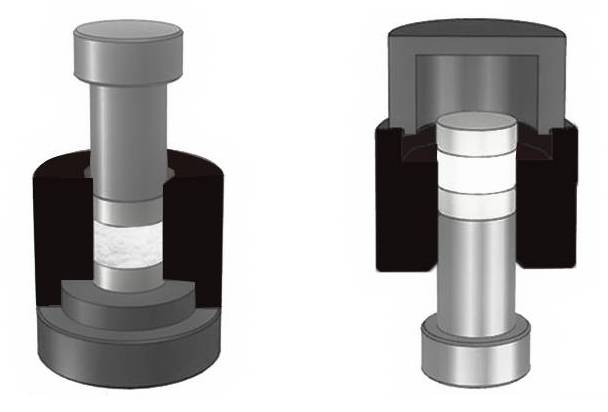
To illustrate their importance, consider the following:
-
Feed Ports: These are strategically placed to allow the introduction of ceramic powder into the mold cavity. The design of feed ports must ensure that the powder is evenly distributed, preventing any localized areas of high or low density that could compromise the final product's integrity.
-
Discharge Ports: Once the pressing process is complete, discharge ports are essential for the efficient removal of the molded part from the mold. A well-designed discharge system minimizes the risk of damage to the molded part and ensures easy demolding.
-
Exhaust Ports: During the pressing process, trapped air or gases can negatively impact the densification of the powder. Exhaust ports are designed to allow the release of these gases, ensuring that the powder is subjected to uniform pressure and achieving optimal densification.
The integration of these ports is not merely a technical necessity but a critical factor in achieving high-quality ceramic products. Each port must be precisely engineered to align with the mold's structural requirements and the specific characteristics of the ceramic powder being processed. This ensures that the molding process is efficient, reliable, and capable of producing consistent, high-quality results.
Size and Shape Accuracy
Accurate calculation and control of mold dimensions are essential to ensure consistency in the size, shape, and density of the molded product. This precision is critical because even minor deviations can lead to significant discrepancies in the final ceramic piece, affecting its structural integrity and performance.
To achieve this level of accuracy, several factors must be meticulously managed:
-
Dimensional Tolerances: The mold must be designed with precise dimensional tolerances to accommodate the shrinkage and deformation that occurs during the pressing and sintering processes. This involves advanced computational modeling to predict and account for these changes.
-
Material Properties: The material used for the mold must have consistent properties, including thermal expansion and mechanical strength. Variations in these properties can lead to inconsistent molding results.
-
Manufacturing Techniques: Advanced manufacturing techniques, such as CNC machining and 3D printing, are often employed to ensure that the mold dimensions are within the required tolerances. These techniques allow for fine adjustments and corrections during the manufacturing process.
-
Quality Control: Rigorous quality control measures, including dimensional inspections and non-destructive testing, are implemented to verify that the mold meets the specified accuracy requirements. This ensures that each mold is capable of producing consistently high-quality ceramic products.
By addressing these factors, manufacturers can achieve the necessary level of accuracy in mold dimensions, thereby ensuring the production of high-quality ceramic products with consistent size, shape, and density.
Surface Treatment of Mold
Polishing, Coating, and Anti-Sticking Agents
Surface treatments such as polishing, coating, and the application of anti-sticking agents play a pivotal role in enhancing the functionality and longevity of ceramic isostatic pressing molds. These treatments are indispensable for several key reasons:
-
Friction Reduction: Polishing the mold surfaces to a high degree of smoothness significantly lowers the coefficient of friction between the mold and the ceramic material being pressed. This reduction in friction not only facilitates smoother powder flow during the pressing process but also minimizes wear and tear on the mold, thereby extending its operational life.
-
Improved Demolding: Coating the mold with specialized materials or applying anti-sticking agents creates a barrier that prevents the ceramic material from adhering to the mold walls. This barrier ensures that the molded ceramic parts can be easily and cleanly demolded, reducing the risk of defects and improving the overall quality of the final product.
-
Enhanced Surface Integrity: The application of coatings can also provide additional benefits such as increased surface hardness and resistance to chemical degradation. These properties are particularly advantageous in environments where the mold is exposed to harsh conditions or aggressive materials.
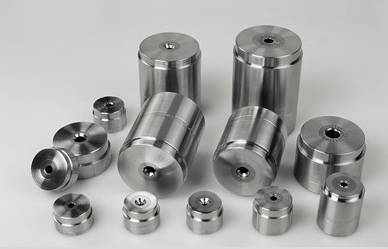
In summary, the strategic use of polishing, coating, and anti-sticking agents is a critical aspect of mold maintenance and optimization, contributing to both the efficiency and effectiveness of the ceramic isostatic pressing process.
Pressure Curve in Cold Isostatic Pressing
Pressure Increase Stage
During the pressure increase stage in cold isostatic pressing, the process begins with the application of pressure, which is gradually increased until the maximum pressure is reached. This gradual increase in pressure is crucial as it allows the ceramic powder to be compressed uniformly, ensuring that the particles are packed closely together.
The compression process is not instantaneous; rather, it occurs over a period that is carefully controlled to prevent any sudden shocks that could disrupt the uniformity of the powder packing. As the pressure increases, the powder particles experience a series of complex interactions, including deformation, rearrangement, and densification. These interactions are essential for achieving the desired density and mechanical properties of the final ceramic product.
To better understand the dynamics of this stage, it is helpful to consider the forces at play:
- Hydrostatic Pressure: The uniform pressure applied from all directions ensures that the powder is compressed evenly, minimizing internal stresses and voids.
- Particle Deformation: As pressure increases, the individual powder particles deform, allowing for more efficient packing and densification.
- Interparticle Forces: The forces between particles, including friction and electrostatic interactions, play a significant role in how the powder behaves under pressure.
The gradual nature of the pressure increase also allows for the expulsion of trapped air and other gases, which would otherwise lead to defects in the final product. This controlled expulsion of gases is facilitated by the design of the mold, which includes appropriate feed, discharge, and exhaust ports to ensure smooth powder flow and efficient gas removal.
In summary, the pressure increase stage is a critical phase in the cold isostatic pressing process, where the ceramic powder is gradually compressed to achieve optimal density and uniformity. This stage is meticulously controlled to ensure that the final product meets the required specifications for size, shape, and mechanical properties.
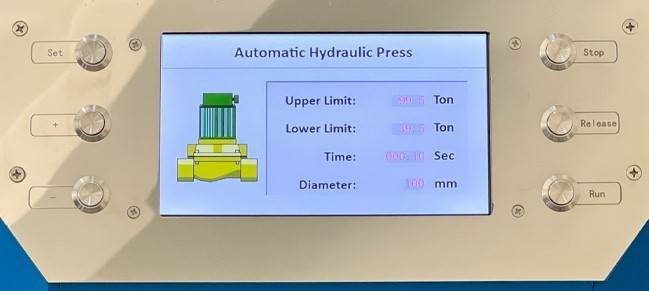
Pressure Holding Stage
During the pressure holding stage in cold isostatic pressing, the pressure exerted on the ceramic powder remains constant. This steady state is crucial for several reasons. Firstly, it allows the powder to undergo further compression, which is essential for achieving the desired density and uniformity in the final ceramic product. The constant pressure ensures that the particles of the powder are tightly packed, minimizing any voids or air pockets that could compromise the integrity of the material.
Moreover, the duration of the pressure holding stage can be adjusted based on the specific requirements of the ceramic material being processed. For materials that require higher densification, a longer holding period may be necessary. This flexibility in timing allows manufacturers to tailor the process to the unique properties of each type of ceramic, ensuring optimal results.
The constant pressure also facilitates the uniform distribution of forces across the entire mold, which is particularly important in maintaining the dimensional accuracy of the final product. Any fluctuations in pressure during this stage could lead to inconsistencies in the shape and size of the ceramic piece, which could be detrimental to its overall quality and functionality.
In summary, the pressure holding stage is a critical phase in the cold isostatic pressing process. It not only enhances the densification and compression of the ceramic powder but also ensures the dimensional accuracy and uniformity of the final product.
Pressure Relief Stage
During the pressure relief stage in cold isostatic pressing, the pressure applied to the ceramic powder gradually decreases. This reduction in pressure allows the compressed powder to experience a certain degree of rebound. The rebound effect is crucial as it helps in the relaxation of the material, which can contribute to the final density and structural integrity of the ceramic product.
To better understand this stage, it is essential to consider the physical properties of the ceramic powder. As the pressure is released, the powder particles, which were initially forced into close contact under high pressure, tend to move slightly apart. This movement is not random but follows the inherent elasticity of the material. The extent of this rebound can be influenced by several factors, including the type of ceramic material used, the initial pressure applied, and the duration of the pressure holding stage.
| Factor | Influence on Rebound |
|---|---|
| Ceramic Material Type | Different materials have varying elastic properties, affecting the degree of rebound. |
| Initial Pressure | Higher initial pressure generally results in a greater rebound due to the higher energy stored in the material. |
| Pressure Holding Time | Longer holding times allow more complete densification, potentially reducing the rebound effect. |
The gradual nature of pressure relief is designed to prevent sudden changes that could lead to structural flaws or incomplete densification. By carefully controlling the rate of pressure decrease, manufacturers can optimize the final product's properties, ensuring it meets the desired specifications for density, strength, and durability.
In summary, the pressure relief stage is a critical part of the cold isostatic pressing process. It allows for the controlled relaxation of the ceramic powder, which is essential for achieving the desired final product characteristics. Understanding and managing the factors that influence this stage can significantly enhance the quality and consistency of the ceramic products produced.
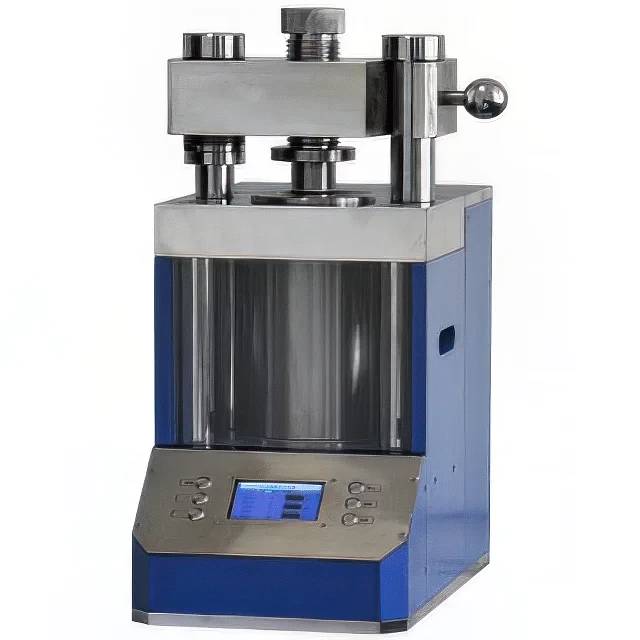
Temperature Control
Stability During Pressing
Maintaining a stable temperature during the isostatic pressing process is crucial for several reasons. Firstly, temperature stability ensures that the powder retains its optimal fluidity, which is essential for uniform distribution and filling of the mold. Fluidity directly impacts the molding effect, as any temperature fluctuations can cause the powder to clump or lose its cohesive properties, leading to inconsistencies in the final product.
Moreover, temperature control is vital for the densification process. Under stable conditions, the powder particles can rearrange more effectively, leading to a denser and more uniform structure. This is particularly important in ceramic materials, where density is a key factor influencing the strength and durability of the final product.
In addition to fluidity and densification, temperature stability also affects the overall efficiency of the pressing process. Consistent temperature conditions can reduce processing time and energy consumption, as well as minimize the risk of defects such as cracks or voids in the molded product. This not only improves the quality of the final ceramic piece but also enhances the productivity and cost-effectiveness of the manufacturing process.
To achieve this stability, advanced temperature control systems are often employed, which can monitor and adjust the temperature in real-time. These systems use sensors and feedback loops to maintain the desired temperature range, ensuring that the pressing process remains within the optimal operating parameters. This level of precision is essential for producing high-quality ceramic products that meet stringent industry standards.
Related Products
- Anti-Cracking Press Mold for Lab Use
- Isostatic Molding Pressing Molds for Lab
- Carbide Lab Press Mold for Laboratory Applications
- Special Shape Press Mold for Lab
- Polygon Press Mold for Lab
Related Articles
- Nine Precision Molding Processes of Zirconia Ceramics
- Infrared Press Mold Techniques for Non-Demolding Applications
- Energy-Saving Benefits of Vacuum Atmosphere Tube Furnaces
- Comprehensive Guide to Cylindrical Lab Electric Heating Press Mold: Technology and Applications
- Issues with Poor Demoulding in Manual Tablet Presses
